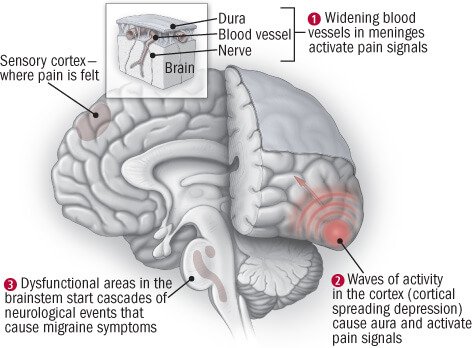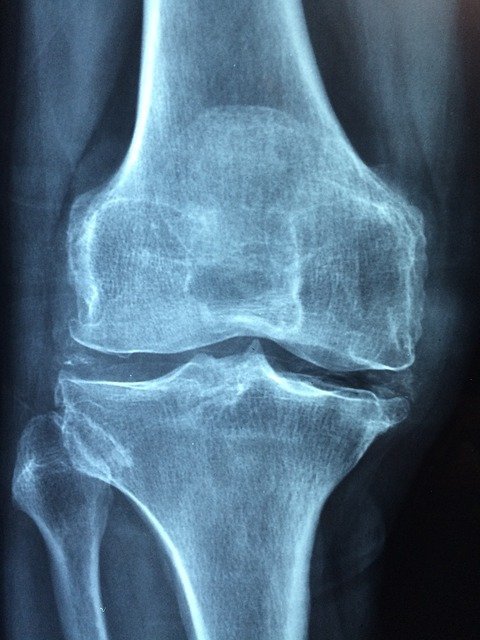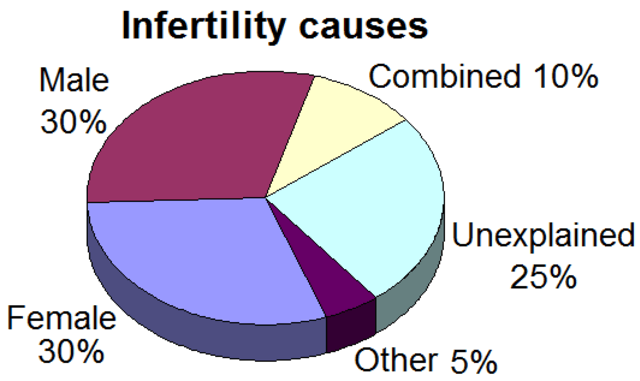- Hijama / Cupping Treatment Plan
- Body Part / Function Involved
- Symptoms and Effects
- Dietary Changes
- Changes in Lifestyle
- Alternative Remedies
Information on this site shall be considered as holistic, alternative and spiritual advice only. For medical advice and treatment a GP, medical professional and/or Certified Hijama Therapist should be consulted. In all circumstances where lifestyle changes, supplements, or other foods are suggested your GP should be consulted. Client Safety is the number one priority.
Complete Hijama Treatment Plan for Migraines
Allow 2-4 weeks between sessions – longer if required. Hijama Points shown for each session should ONLY be used to guide the therapist. Body size, cup size, and any other conditions need to considered and appropriate care and attention taken. The number of sessions shown can be increased or reduced depending on the condition of the client.
Complete Treatment Plan
Click here for Session 1Click here for Session 2
Click here for Session 3
Click here for Session 4
Click here for Session 5
Standard Wet Points – 1,55,2,3,106
Click here for Hijama Points on the head and face
If the client has a complicated history and numerous concerns then it is a good idea to use our online consultation service – click here.
Which body part or function is involved in Migraines?
The cerebral cortex is the thin layer of the brain that encloses the outer part of the cerebrum. It is wrapped by the meninges and is often called gray matter. The cortex is gray because nerves in this region require the insulation that causes most other parts of the brain seem to be white. The cortex also coats the cerebellum. The cerebrum is the most highly progressive part of the human brain and is accountable for thinking, perceiving, producing, and understanding language. Most data processing occurs in the cerebral cortex. The cerebral cortex consists of four lobes that each have a particular function. These lobes comprise the frontal lobes, parietal lobes, temporal lobes, and occipital lobes.
The cerebral cortex includes the sensory region and motor region. The sensory information is received from the thalamus and it interpret the information related to the senses. The gustatory cortex, the auditory cortex, the visual cortex, and the somatosensory cortex are present to perform different sensory functions. There is significant clinical and imaging evidence for alterations in cortical activity related to migraine. Migraine is correlated with a variety of symptoms that can be associated with changes in the cortical process. The most notable among these are the visual changes related to migraine aura that originate from altered function in the occipital lobe. Migraine patients may also undergo cortical sensory, motor, language, or some other mental dysfunction. These symptoms are commonly characterized in the context of migraine, but they may also arise with a migraine that does not meet diagnostic measures for migraine. Migraine-related alterations in blood flow and functional magnetic resonance imaging (fMRI) signal in the cortex are produced with temporal and spatial characteristics that are incredibly similar to those of cortical spreading depression (CSD), the contagious wave of depolarization is followed by suppression of electrocortical activity.

What are the symptoms and effects of Migraines on the body?
Migraine is a neurological condition that can result in numerous symptoms. It’s often diagnosed by intense, debilitating headaches. Signs may include nausea, vomiting, difficulty speaking, numbness or tingling, and sensitiveness to light and sound. Migraines mostly run in the genes of a family and affect all ages. The diagnosis of migraine headaches is specified based on clinical history, recorded symptoms, and by ruling out other factors. The most common types of migraine headaches are those without aura and those with aura. Migraines can initiate in childhood or may not appear until early adulthood. Women are more likely than men to retain migraines. Inheritance is one of the most common risk factors to develop migraines.
Migraine symptoms may initiate one to two days before the headache itself. This is called the prodrome stage. Symptoms during this stage are:
- Food cravings
- Depression
- Fatigue
- Tiredness
- Continuous yawning
- Hyperactivity
- Prickliness
- Neck stiffness
In migraine with aura, the aura arises after the prodrome stage. During an aura, you may have issues with your vision, sensation, movement, and talking ability. Examples of these problems are difficulty in communication, feeling a tickling sensation in your face, arms, or legs, seeing shapes, light flickers, or bright spots, temporarily losing your vision.
Causes
Many apparent migraine triggers have been observed, including hormonal, emotional, physical, dietary, environmental, and medicinal factors.
Hormonal factor
Some women go through migraines during the time of their period, probably because of changes in the levels of hormones such as estrogen around this time.
Emotional triggers
- stress
- anxiety
- tension
- shock
- depression
Physical triggers
- fatigue
- poor-quality sleep
- overwork
- poor posture
- neck or shoulder tension
- jet lag
Dietary triggers
- missed or irregular meals
- dehydration
- alcohol
- caffeine products, such as tea and coffee
- foods like chocolate and citrus fruit
Environmental triggers
- bright lights
- flickering screens, such as a mobile phone screen
What changes in diet can help improve symptoms of Migraines?

Proper attention to your food intake is one of the best possible prevention against migraines.
- Bright, and green vegetables, such as summer squash, sweet potatoes, carrots, and spinach
- Carbonated, spring, or tap water
- Rice, mostly brown rice
- Dried or cooked fruits, especially non-citrus types such as cherries and cranberries
- Natural sweeteners or flavors, such as vanilla extract
Changes in lifestyle which can help Migraines
Migraine is not a predictable disorder for anyone, some lifestyle changes that can help reduce symptoms are:
- Maintain a regular sleep routine
- Maintain regular meal intake
- Reduce stress
- Whenever you feel the trigger, make your surroundings silent and avoid bright and flickering lights.
Possible alternative remedies for Migraines
Avoiding triggers and following some natural remedies can ease your pain and relief from migraine. Underlying some home treatments to save your head from migraine:
- Apply or inhale lavender oil.
- Try feverfew
- Apply peppermint oil
- Ginger tea
- Start yoga




